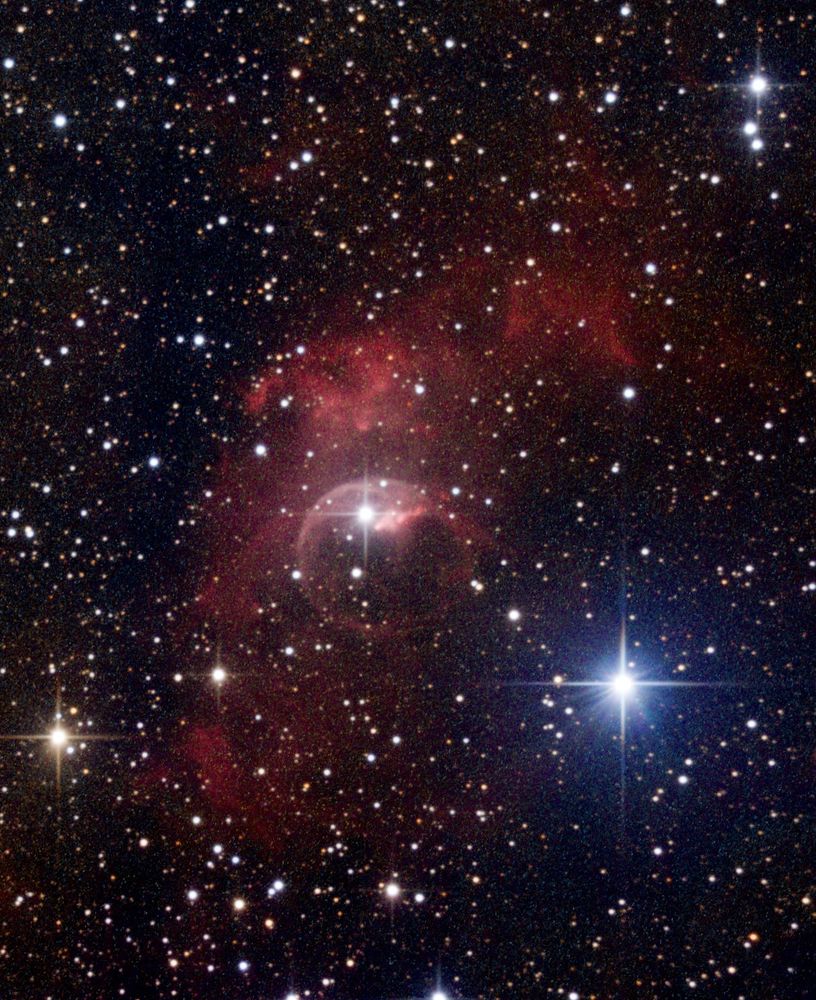

🔭🧪
🔭🧪


🔭🧪

🔭🧪
🔭

🔭

A cute little piece I did back in 2022 that I rediscovered.

A cute little piece I did back in 2022 that I rediscovered.







🔭🧪 #exoplanets


🔭🧪 #exoplanets











